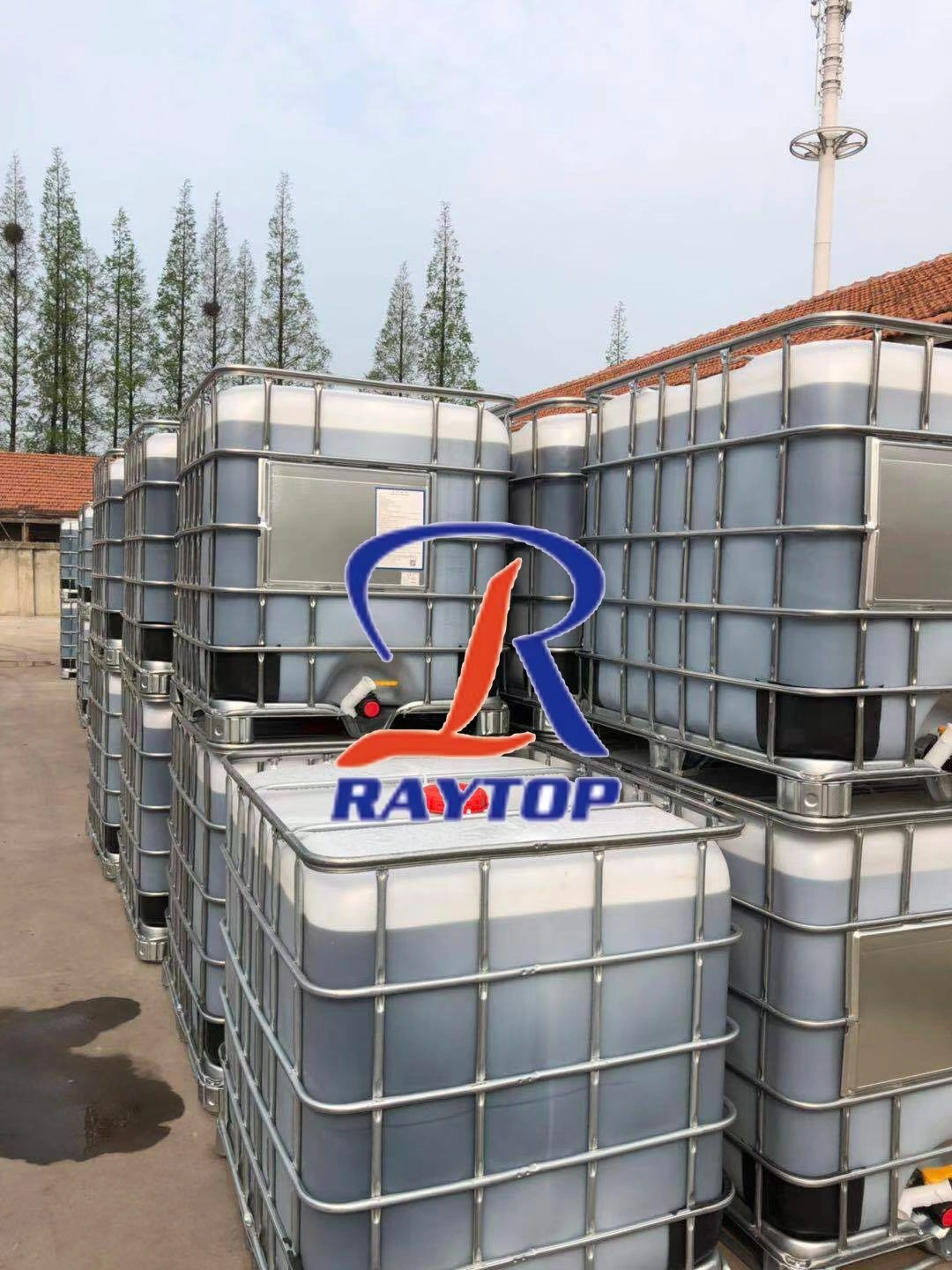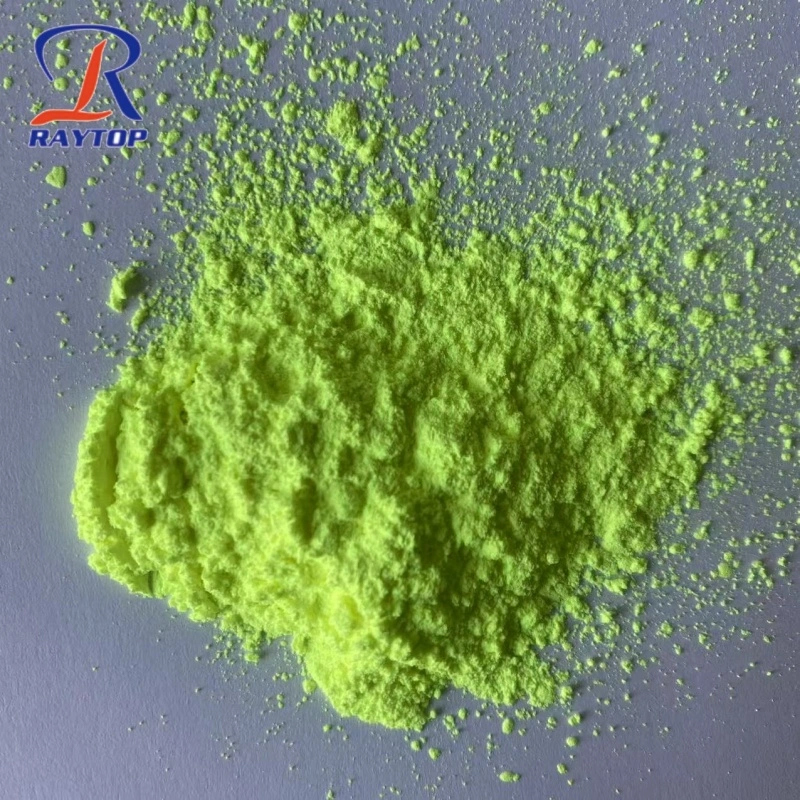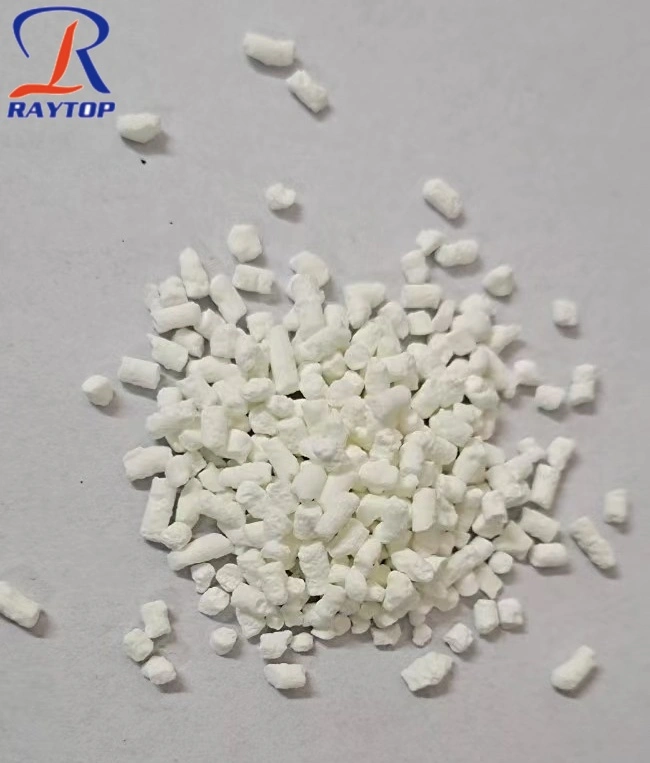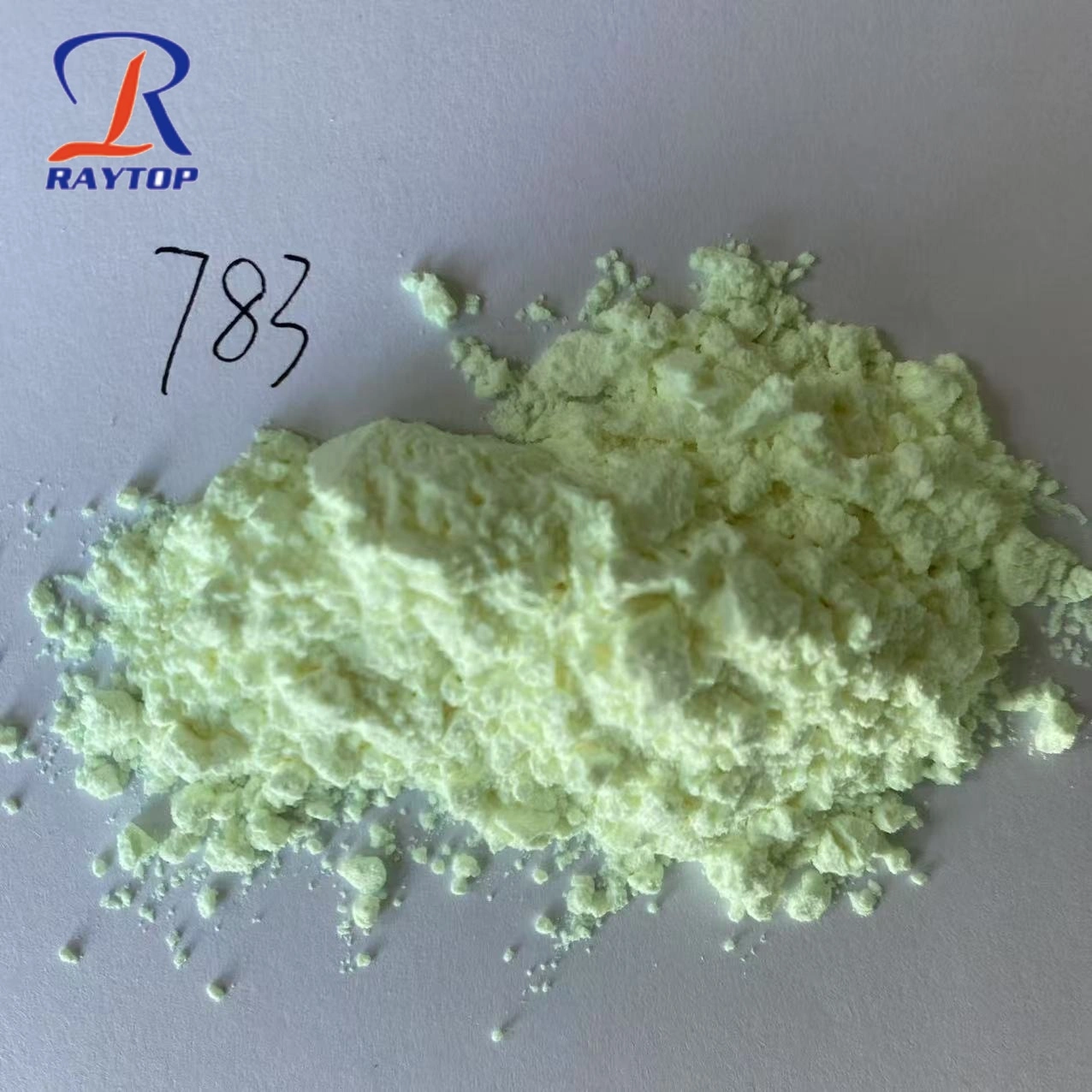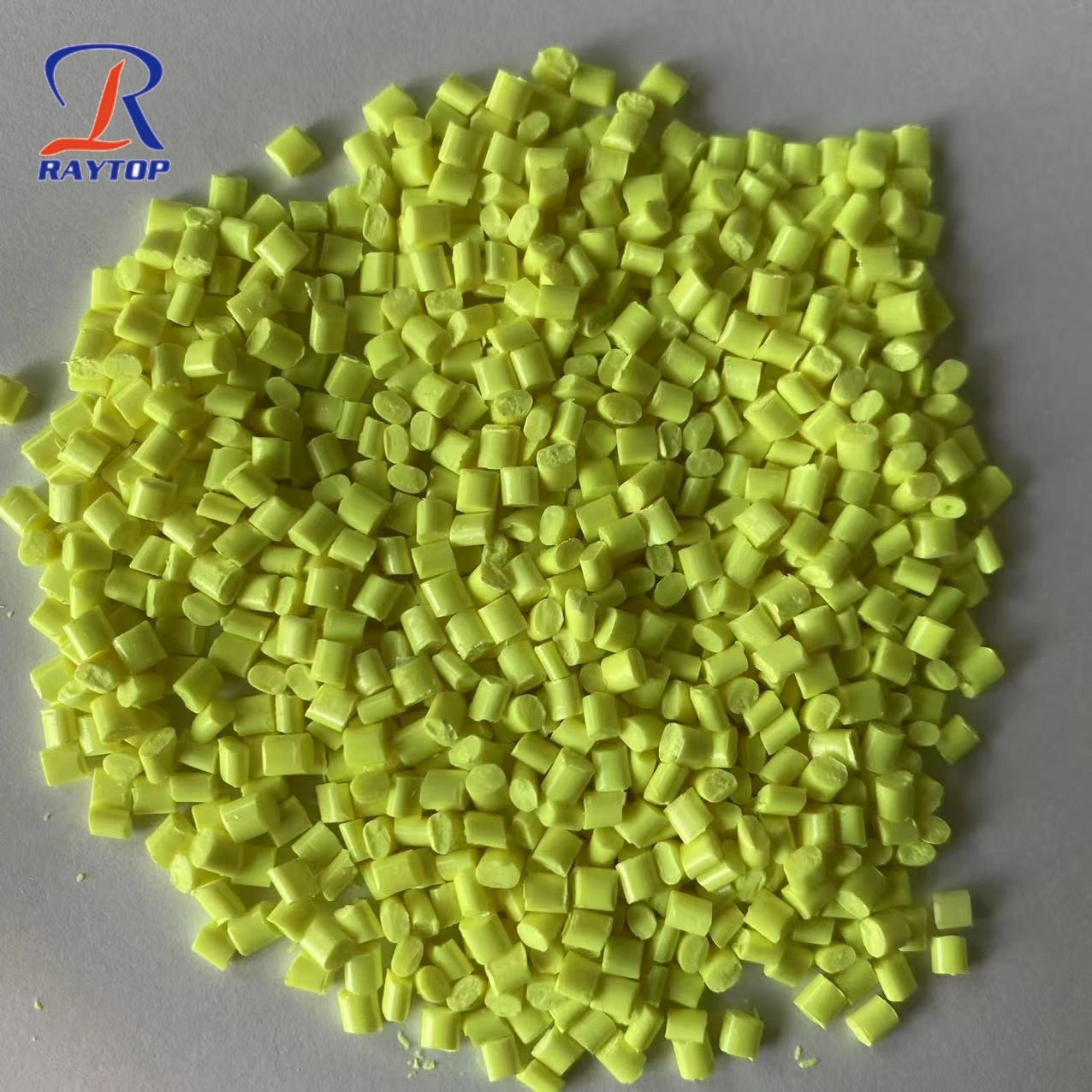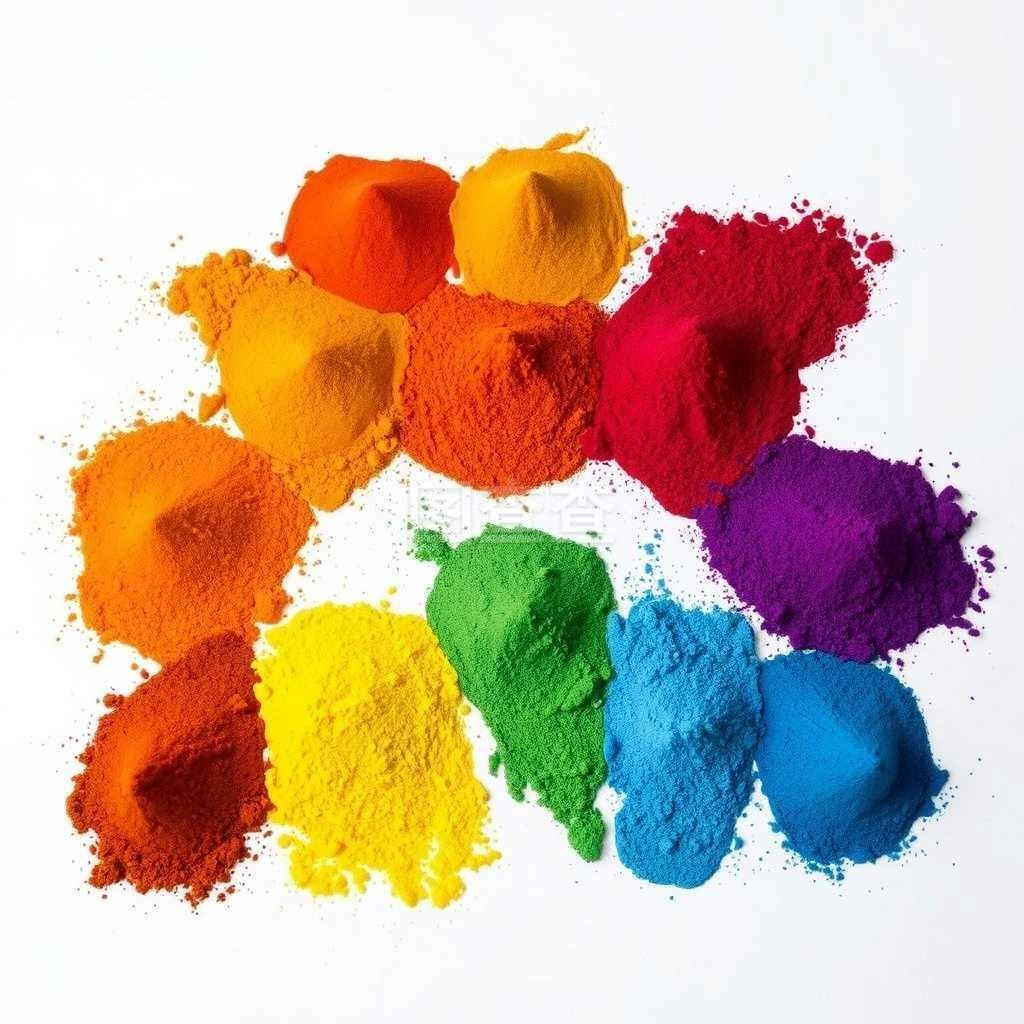Detergent manufacturers face increasing pressure to deliver high-performance cleaning results while keeping costs down and ensuring regulatory compliance. Among all detergent additives, optical brighteners (OBAs)—also called fluorescent whitening agents (FWAs)—play one of the most important roles in consumer perception of cleaning quality. Brighteners do not “clean” in the traditional sense; instead, they absorb invisible ultraviolet light and emit visible blue light, making fabrics appear whiter, brighter, and cleaner.
Choosing the right optical brightener is critical because it affects:
Whiteness performance
Solubility and stability in detergent matrices
Compatibility with surfactants and builders
Efficiency in cold vs. hot water
Cost competitiveness
Long-term product stability and shelf life
This article provides a technical and data-driven guide to selecting the best detergent optical brightener for your specific detergent formula. Research-based considerations and comparative tables help you make rational formulation decisions.
Understanding the Role of Optical Brighteners in Detergents
Optical brighteners are synthetic chemicals that belong mainly to the stilbene family. The most widely used OBAs in detergents are:
CBS-X (Disodium distyrylbiphenyl disulfonate) For more detailed information about CBS-X, please see: What is Optical Brightener CBS-X? Complete Guide for Detergent and Textile Applications
CXT
DMS
AMS
These types are highly effective in laundry detergents because of features such as:
High fluorescence efficiency
Good water solubility
Resistance to chlorine bleaching
Strong binding ability to cellulose fibers
How Optical Brighteners Work
The brightener deposits on the textile during washing.
It absorbs UV light (300–400 nm).
It re-emits blue light (420–470 nm).
Blue emission masks the natural yellowing of fabrics.
Because consumers equate “whiteness” with “cleanliness,” using high-quality brighteners significantly increases perceived detergent performance.
Global Market Data: Why Brighteners Matter in Modern Detergent Formulas
According to typical detergent industry analyses (compiled from multiple market research summaries), optical brighteners account for only 0.05–0.2% of a detergent formula by weight but contribute up to 40–50% of the visible whiteness improvement.
Table 1. Brightener Cost vs. Visual Impact Contribution
| Component | Typical Inclusion Level (%) | Relative Cost Impact (%) | Contribution to Visual Whiteness (%) |
|---|---|---|---|
| Surfactants | 10–30% | 50–60% | 20–30% |
| Builders | 15–40% | 20–25% | 10–20% |
| Enzymes | 0.5–2% | 10–15% | 10–15% |
| Optical Brighteners | 0.05–0.2% | 3–5% | 40–50% |
Implication: Small dosage, huge effect—choosing the right brightener is a strategic decision.
Key Factors to Consider When Choosing a Detergent Optical Brightener
Selecting the best OBA depends on multiple performance, formulation, and economic parameters.
Factor 1: Solubility and Compatibility
A good detergent brightener must dissolve quickly and disperse evenly.
Comparison of Solubility Across Major OBAs
| Optical Brightener | Solubility in Water | Suitability |
|---|---|---|
| CBS-X | Very high | Best for liquid detergents |
| CXT | High | Powder and liquid detergents |
| DMS | Medium | Powder detergents |
| AMS | Medium–low | Budget powder detergents |
CBS-X is the industry standard for high-end detergents due to outstanding solubility.
Factor 2: Whiteness Strength
Whiteness performance is evaluated using whiteness index (WI) tests on treated fabric.
Table 3. Whiteness Index Performance (Standardized Test)
| Brightener Type | Whiteness Increase (%) on Cotton | Whiteness Increase (%) on Blends | Notes |
|---|---|---|---|
| CBS-X | 22–28% | 18–24% | Highest fluorescence |
| CXT | 18–22% | 16–20% | Widely used; cost-effective |
| DMS | 14–17% | 10–14% | Lower performance |
| AMS | 8–12% | 5–9% | For economical detergents |
Factor 3: Stability (pH, Heat, Light, Chlorine)
Detergents undergo chemical stress during manufacturing, storage, and consumer use.
Comparative Stability of Different OBAs
| Brightener | pH Stability (7–11) | Heat Resistance | Chlorine Resistance | Notes |
|---|---|---|---|---|
| CBS-X | Excellent | Excellent | Good | Strong for premium detergents |
| CXT | Very Good | Good | Moderate | Balanced performance |
| DMS | Good | Good | Weak | Not ideal for bleach detergents |
| AMS | Moderate | Moderate | Weak | Suitable for low-cost powders |
Factor 4: Water Hardness Performance
Hard water conditions reduce the efficiency of some brighteners due to mineral deposits on fabrics.
Hard Water Performance Test
| Brightener | Whiteness Retention in Hard Water (%) |
|---|---|
| CBS-X | 92% |
| CXT | 85% |
| DMS | 73% |
| AMS | 62% |
If your detergent is marketed in regions with high water hardness, CBS-X or CXT is essential.
Factor 5: Detergent Type Compatibility
Different detergent classes require different performance levels.
Brightener Recommendation Matrix
| Detergent Type | Optimal Brightener | Reason |
|---|---|---|
| Premium liquid detergent | CBS-X | Best solubility + fluorescence |
| Mid-range liquid detergent | CXT | Balanced cost and performance |
| High-end powder detergent | CBS-X or CXT | Good stability, high whiteness |
| Economical powder detergent | DMS or AMS | Cost-effective options |
| Laundry soap / soap bars | CXT | Good overall compatibility |
Dosage Guidelines Based on Research Data
Typical dosage ranges vary depending on formula concentration and market positioning.
Table 6. Recommended Dosage Levels
| Product Type | Brightener Type | Recommended Dosage (as active content) |
|---|---|---|
| Premium liquid detergent | CBS-X | 0.05–0.15% |
| Mid-tier liquid detergent | CXT | 0.03–0.08% |
| High-end powder detergent | CBS-X or CXT | 0.05–0.12% |
| Standard powder detergent | DMS | 0.03–0.06% |
| Economical powder detergent | AMS | 0.02–0.05% |
| Laundry soap | CXT | 0.02–0.04% |
Because optical brighteners are potent, small changes in dose strongly affect whiteness. Many manufacturers perform internal tests using Raytop’s fluorescence analysis equipment.
Choosing Brighteners for Different Market Positions
High-End Detergent Formulas
Recommended brightener: CBS-X
Why:
Best fluorescence
Excellent solubility
Great stability in concentrated formulas
Suitable for cold-water washing
View related products: Detergent Optical Brighteners CBS-X powder
Mid-Range Products
Recommended brightener: CXT
Why:
Good cost-to-performance ratio
Very reliable for powders and liquids
Widely accepted by global detergent manufacturers
View related products: Optical brightener CXT C.I 71 in India
Budget Detergents
Recommended brightener: DMS or AMS
Why:
Lower cost
Adequate performance for basic detergents
Ideal for competitive price-driven markets in South Asia, Africa, etc.
View related products: detergent optical brightener DMS 430
Formulation Tips to Maximize Brightener Performance
Tip 1: Avoid Overuse
Adding more than the optimal dose does not increase whiteness proportionally and may cause:
Blueish hue
Fabric graying over time
Accumulation on fibers
Tip 2: Optimize pH
OBAs perform best in slightly alkaline conditions:
pH 8.5–10.5 recommended for powders
pH 7–9 recommended for liquids
Tip 3: Store Properly
Store away from direct sunlight and high humidity to prevent degradation.
Tip 4: Choose OBA Grade According to Detergent Quality Level
Raytop provides multiple price-performance options for customization.
Tip 5: Ensure Compatibility with Surfactants
Anionic surfactants (e.g., LAS, SLS) are usually highly compatible with CBS-X and CXT.
Why Shandong Raytop Chemical Co., Ltd. Is the Ideal Supplier of Detergent Optical Brighteners
Choosing the right brightener is important—but choosing the right supplier is equally critical. Poorly purified or inconsistent brighteners can cause formulation failures, separation, discoloration, or customer complaints.
Shandong Raytop Chemical Co., Ltd. is one of the most trusted optical brightener manufacturers in China, with a strong global reputation.
Company Strengths
Established in 2006, headquartered in Jinan, Shandong Province
Three production bases, total area 120,000 m²
Six workshops and 260+ employees
Exporting to Europe, America, East Asia, Southeast Asia, South Asia, Africa, and more
Advanced testing equipment:
High-performance liquid chromatography (HPLC)
Whiteness meter
Automatic melting point apparatus
Full quality assurance system ensuring stability, purity, and consistency
Raytop Optical Brightener Product Range for Detergents
CBS-X
CXT
DMS
AMS
Powder and liquid forms available
Multiple purity levels to meet different market and cost requirements
Why Detergent Manufacturers Choose Raytop
✔ High fluorescence intensity
✔ Good solubility and stability
✔ Low dosage requirement
✔ Excellent whiteness results on cotton and blends
✔ Flexible pricing from high-grade to economical products
✔ Professional technical support for formulation optimization
✔ Fast delivery and reliable after-sales service
Conclusion
Selecting the right detergent optical brightener requires careful evaluation of solubility, whiteness performance, stability, cost, dosage, and compatibility with different detergent bases. Based on performance data, CBS-X and CXT are the most reliable choices for high- and mid-tier detergents, while DMS and AMS serve cost-sensitive markets effectively.
For detergent manufacturers seeking a trusted, stable, and professional supply partner, Shandong Raytop Chemical Co., Ltd. offers the industry’s most complete range of optical brightener solutions—supported by advanced quality control, strong R&D capability, global export experience, and excellent technical service.
If you need high-performance detergent optical brighteners tailored to your formula, Raytop Chemical is your best supplier. Contact Raytop Chemical today!


